London cargo: A tale of two docks
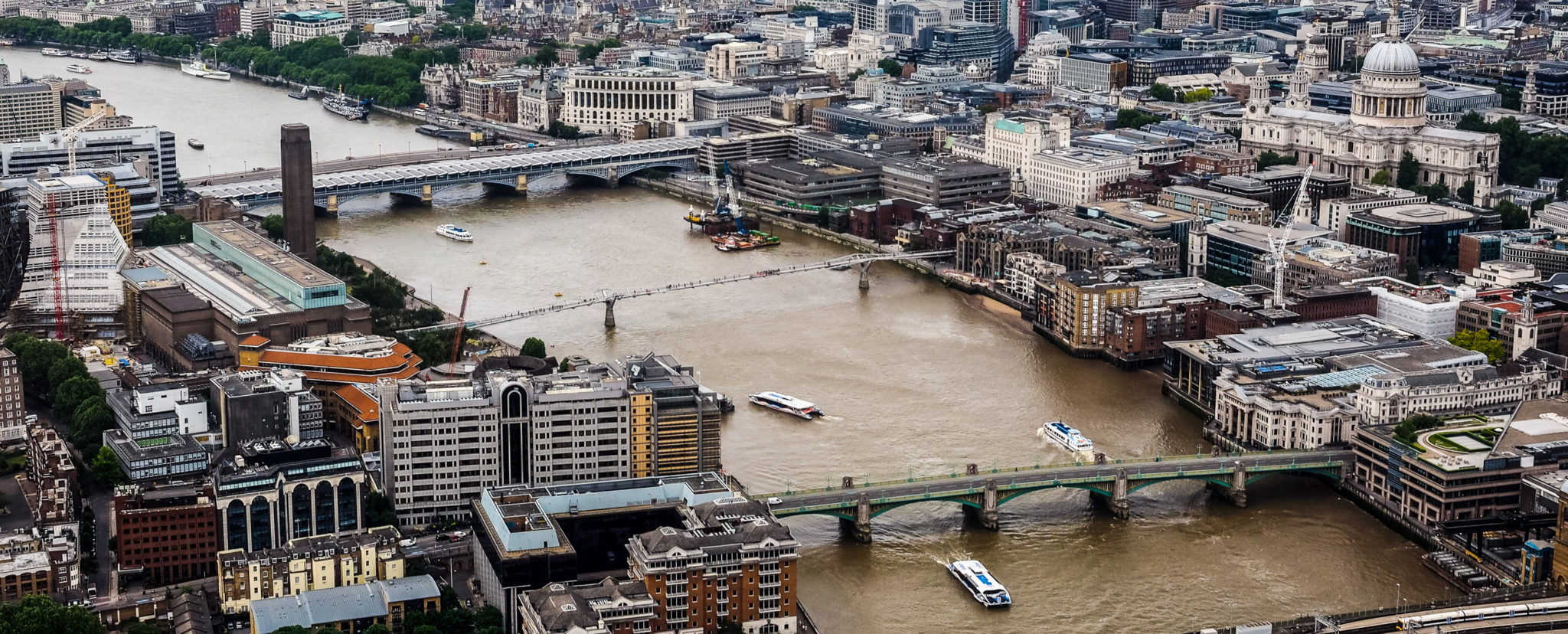
Any visit to London should include a trip along the River Thames to admire one of the most recognisable skylines in the world. Even jaded commuters spare a moment to glance at the ever-changing city around them. But look beyond the landmarks and skyscrapers, and you’ll discover a different history of London – how a city shaped by commerce became a trading capital and the biggest shipping port in the world. It’s a story of great adventure and enterprise with a supporting cast of smugglers, pirates and thieves. And once you know what you’re looking for, you’ll get a whole new perspective on our capital.
A ten thousand year trip down the river
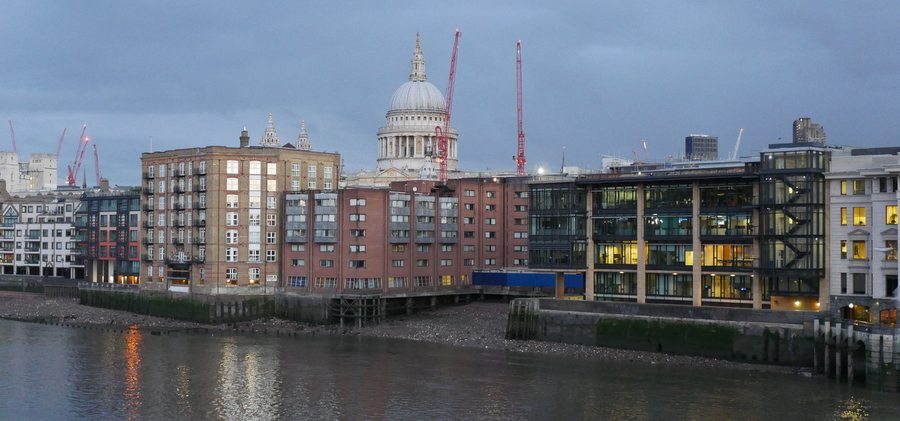 Queenhithe - the oldest remaining inlet dock was created in Roman times.
Queenhithe - the oldest remaining inlet dock was created in Roman times.
In ancient times there was no London. Merchants selling goods grown on the fertile grounds of East Anglia traded with the rest of Europe through the south coast ports closest to France. Back then the Thames was a wide shallow river with marshland on either side, but it did provide our early traders with a shortcut to the coast through a gravel ford which ran near to where Tower Bridge is now. Eventually, settlements sprung up around the nearby deep water pools where the traders would congregate. These settlements grew during the Roman Period, and taxes on imports and exports began. Roads began to radiate outwards and the burgeoning city grew in size and status as a trade and distribution centre. Over the next few centuries, merchant traders quickly expanded into Russia and Turkey, then to India and finally to the Far East, capitalising on the demand for valuable luxuries like pepper, spices and sugar. London’s reputation as a global trading post grew, as did its reputation for smuggling, thievery and skulduggery by an army of thieves, known among other things, as river pirates, night plunderers and scuffle hunters.
As the ships became bigger, they were forced to moor further downstream. At one point there were 3,500 vessels simply shipping goods from the boats to the wharves. But in the 1800s this all changed with the building of the great wet docks, where the water was maintained at a level at which the ships were able to stay afloat. These docks survived wars and some legendary industrial disputes and can still be seen in several places, most notably around London City Airport and Canary Wharf. Eventually, as the ships grew bigger still and the container revolution swept the world, the docks were no longer fit for purpose and a move down river was inevitable. Today, the giant ships load and unload at the super-efficient Tilbury Docks; Canary Wharf has become the centre of the UK financial industry, and the river settled down to become the gentler place it is today.
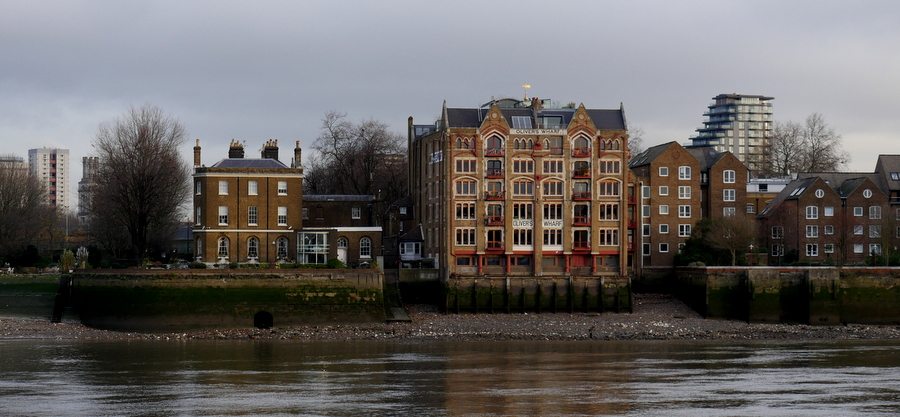
From La Hetherewe to LHR: the world’s third busiest airport
On the opposite side of town, there’s an altogether different type of shipping operation taking place – and while this one is not on any tourist map, we think it’s just as interesting. We’re talking about the Heathrow Airport cargo sheds. Here, global commerce connects the world, and it’s where we play our part in the continuing story of London as a centre of shipping and trade. It all started with the once sleepy hamlet of La Hetherewe (later the village of Heathrow), which came to play an equally important role in the world of business and trade. But it wasn’t until around 1930 that Heathrow began to establish itself as a rival to Croydon Airport, the south London terminal which was then the main hub for the city. Following a period of RAF use during World War II, the Harmondsworth Aerodrome, as Heathrow was then known, officially opened as London Airport in 1946, with tents and prefab buildings as the passenger terminals and cargo sheds at the northeast edge of the airport. This archive footage of Heathrow in the 1940s shows how it used to look
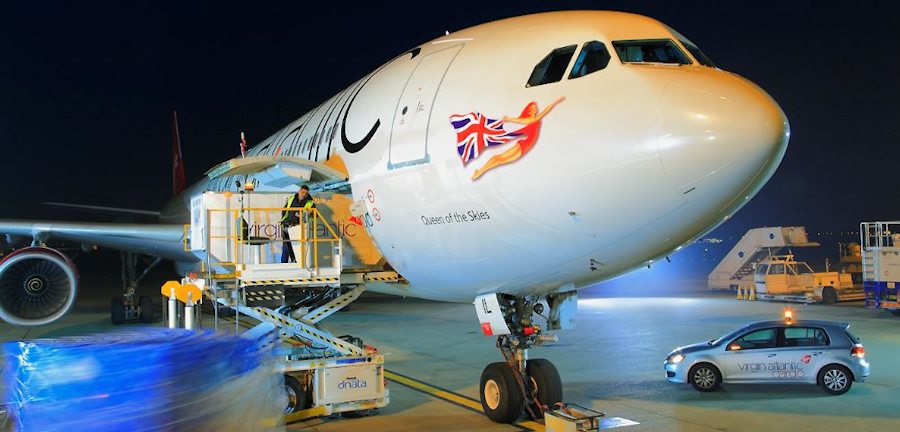
Virgin Atlantic Cargo at Heathrow
The cargo terminal as we know it today was built in the 1960s at the south of the southern runway, connected to the terminals by the little-known Heathrow Cargo Tunnel. Heathrow has since grown to become a global cargo centre for airfreight, shipping urgent, high value and perishable cargo to and from the rest of the world. Now, items that took ships weeks to transport can be on the other side of the Atlantic in less than a day.
Joining the cargo ranks
Richard Branson spotted the potential for cargo as a business soon after Virgin Atlantic launched in 1984. He knew we could do what we do best: shake things up and do it better, with a team who would always go the extra mile. At first, all our cargo was packed in the sheds at Heathrow then trucked down to London Gatwick. This was before we had any Heathrow slots, and we flew from Gatwick to places like New York, Boston, Los Angeles and Tokyo.
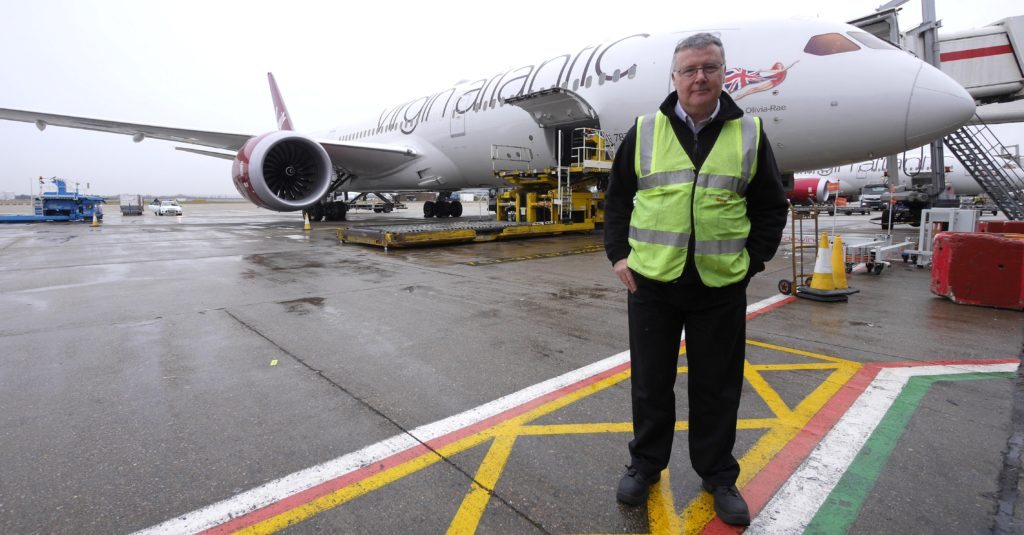 Martyn Gale from our Cargo Team on the ramp at Heathrow
Martyn Gale from our Cargo Team on the ramp at Heathrow
Today, with a range of products to meet every need, our cargo operation ships millions of tonnes of goods to over 400 destinations around the world, delivering anything from salad to the latest smartphones. We ship fresh flowers, fruit and vegetables. We send high-value goods to customers around the world, from gold to priceless paintings and band equipment to racing and Concours cars. In fact, we’ll ship anything to anywhere (with a few exceptions that we make on ethical grounds). We also have a hugely respected pet cargo operation. In this complex, fascinating and fast moving world our cargo team have a reputation for working with their customers to meet their ever changing needs. It’s what they enjoy most. For more information, visit our cargo website to find out more about our services.
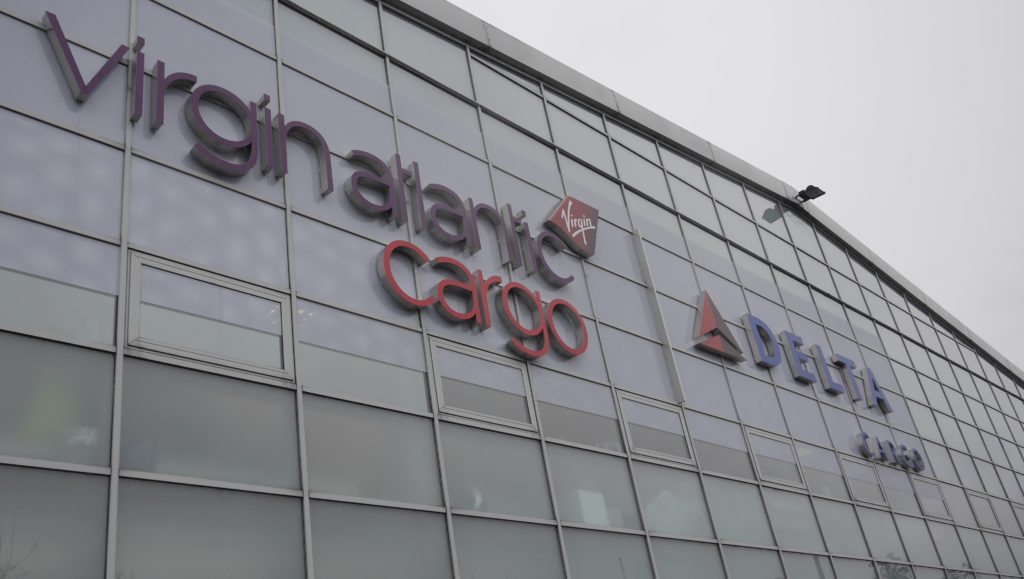 The Virgin Atlantic cargo offices
The Virgin Atlantic cargo offices
All of this history for little expense
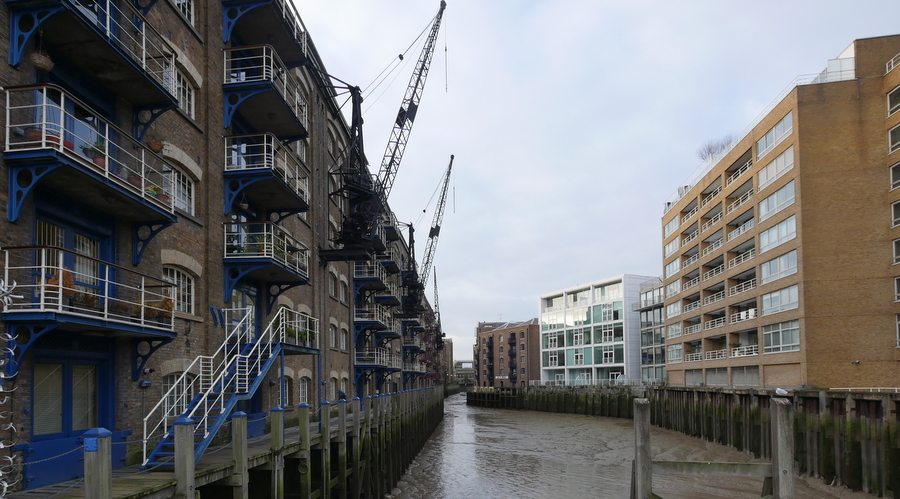
Modern apartment with a crane attached.[/caption] Back on the eastern side of London, a Thames Clipper trip down to Greenwich is an affordable way to see the city from the river. Look out for old warehouses converted to luxury apartments, or historic quays and wharves named after the products they imported or the countries their boats came from (like Canary Wharf, which used to import goods from the Canary Islands). You’ll see many old names still in use today such as Cayenne Court, Gun Wharf and Tea Trade Wharf, along with modern apartment blocks with cranes attached and walkways where traders once moved spices from ship to warehouse. Keep an eye out for the original homeport of the Mayflower at Rotherhithe, and of course, the Cutty Sark; one of the last Tea Clippers, built to deliver the freshest tea from the Far East. For a great insight into the history of London and its trade with the world, we highly recommend the Museum of London Docklands. Set in an old warehouse on the Isle of Dogs, the museum explores the history of the Thames from 450,000 BC when it was just an empty valley right up to the cutting-edge business district we know today. Check the What’s On page for walks, family tours, and some unusual evening events, or download a Pool of London self-guided walk which takes in many of the area’s best known sights and tourist attractions.
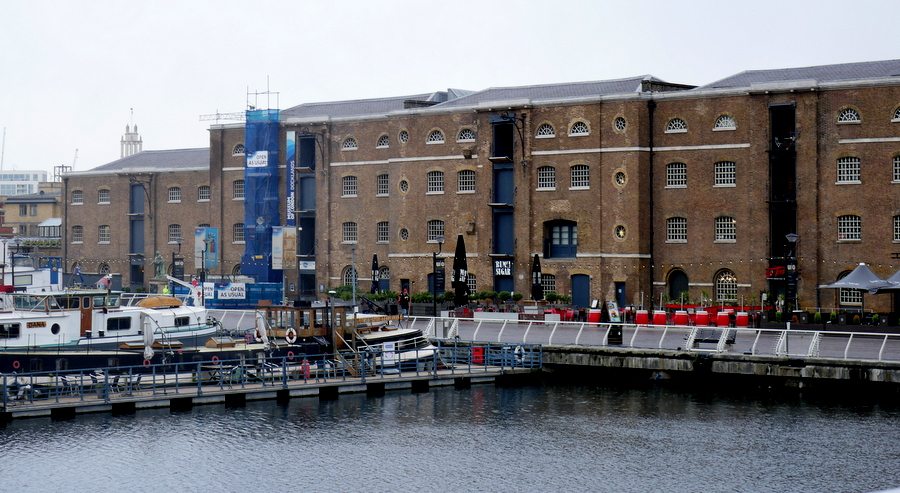 The Docklands Museum
The Docklands Museum
For more fantastic London ideas, visit our new London destination guide.

